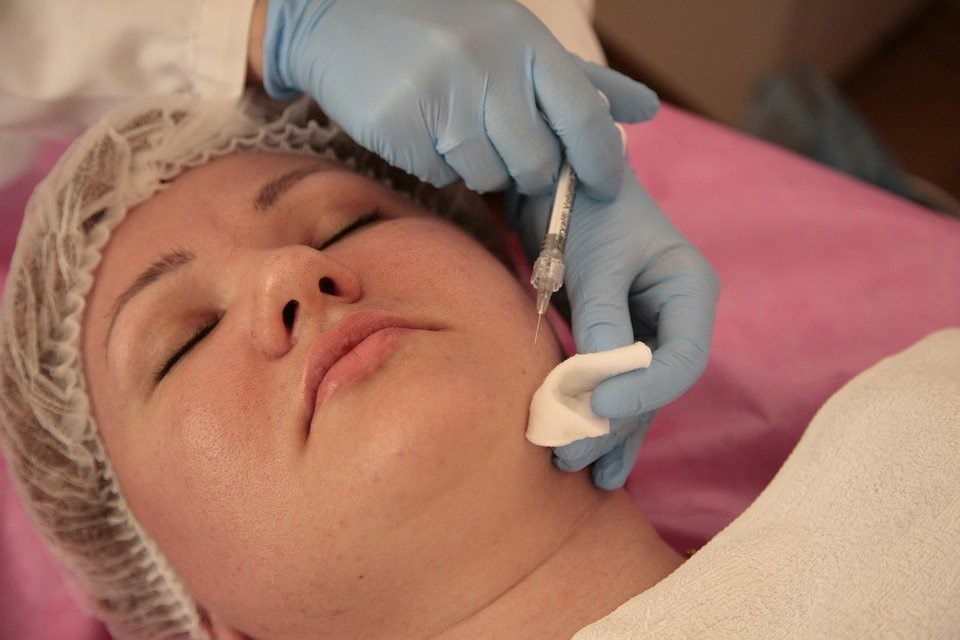Microneedling is hailed as one of the most effective therapies for skin improvement. Dermatologists have been using it for years to repair, restore, and revitalize scarred and aging skin in men and women of all age groups. However, with the rising popularity of platelet-rich plasma and its application in cosmetic treatments, it’s now hard to think about skin enhancement without considering PRP as well.
In fact, when it comes to total skin rejuvenation using modern methods, there are two procedures that instantly spring to mind – microneedling and platelet-rich plasma (PRP) therapy.
While they have traditionally been used as separate treatments for different skin problems, medical research and clinical trials show promising results from using both procedures in conjunction. The following article highlights what doctors need to know about microneedling with PRP.
What Is Microneedling?
Microneedling is a cosmetic procedure that is mainly used to improve skin texture and reduce signs of aging. It is a dermaroller method, meaning it utilizes a special ‘rolling’ pen with small needles to prick the skin.
Microneedling primarily aims to enhance collagen production and generate new skin tissue for firmer, smoother, and more evenly toned skin. Since it stimulates collagen production, microneedling is often referred to as collagen induction therapy. Another name given to this treatment is percutaneous collagen induction.
Microneedling is commonly used for the face, but it can help reduce scars, close large pores, and treat skin deformations on various other parts of the body as well.
Platelet Rich Plasma
Compared to microneedling, PRP is a relatively newer technology. But it has gained immense traction given its efficacy in treating soft tissue injuries ranging from arthritis to skin degradation due to acne, eczema, and the likes.
Since it is a concentrated solution of all the growth factors or ‘healing’ elements naturally found in blood, PRP can help boost recovery after cosmetic procedures and ensure more long-term results.
Microneedling with PRP
Research shows that PRP can augment the cosmetic outcomes of microneedling with virtually no risk of adverse side effects.
This is because PRP, when administered directly into the epidermal layer, can improve healing. Patients are less likely to experience redness, swelling, and other short-term but prominent aftereffects that are typically seen with regular microneedling.
Platelet-rich plasma can be added to regular microneedling sessions for patients in the form of either injections or topicals. However, research on the usefulness of PRP with topical application is currently inconclusive, which is why dermatologists mostly perform PRP therapy via injections.
Scientific Evidence
A 2013 study published in the Journal of Cutaneous and Aesthetic Surgery explored the effectiveness of microneedling with PRP for patients with acne-induced scars. A group of 30 patients was offered microneedling treatment for facial scars. It comprised of a total of four sittings and combined the sessions with PRP therapy on one side and vitamin C injections on the other.
Within one month, patients showed visible improvement in scars treated with microneedling and PRP in terms of firmness and smoothness of the skin. The method was most effective in treating rolling scars and boxcar scars but had limited effectiveness in reducing ice pick scars.
Another study published in the Journal of Drugs in Dermatology also yielded similar results. The research was conducted in a split-face style on a group of 50 patients who suffered from deep acne scars. It compared microneedling with PRP to microneedling with distilled water. All participants underwent the same amount of sessions in the same duration and showed remarkable results on the side where PRP injections were administered after microneedling. Overall, there was over 62% improvement in skin texture in the PRP-microneedling group as opposed to the opposite side, where subjects showed less than 45% improvement in scarring.
A systematic review of PRP therapy and its utility in the treatment of skin marks also establishes the effectiveness of combining platelet-rich plasma with microneedling. It was reported that the dual treatments decreased post-procedural downtime and led to higher patient satisfaction with regards to both recovery and results.
What is Microneedling with PRP Good For?
In addition to treating atrophic post-acne scars, PRP, as a supplemental treatment to microneedling, also helps reduce wrinkles and fines lines. It can also control active acne and reduce the severity of breakouts, if not prevent them altogether.
Although most studies on microneedling with PRP are primarily focused on the treatment of the face, anecdotal evidence suggests the procedure’s efficiency in improving the surface of the skin elsewhere too. This includes, but is not limited to, stretch marks, burns, and natural blemishes.
Important Considerations
It’s crucial to note here that the results of this treatment are not always lifelong. Patients often require follow-up sessions on a routine basis to avail the maximum benefits of these cosmetic procedures. However, they aren’t required very frequently, which makes this treatment combination a preferred choice for skin rejuvenation for many patients.
The results of normal skin needling generally last for up to three months. But when used in conjunction with PRP therapy, the results are usually seen to last an average of 12 to 18 months.
Another important thing to remember is that even though microneedling with PRP is deemed safe for most candidates, there are a few contradictions to treatment.
You should avoid performing this cosmetic procedure if your patient is:
- Pregnant,
- Suffers from rosacea or atopic dermatitis, or
- Has received radiation therapy within the last 12 months
Conclusion
Skin doctors and plastic surgeons are often faced with patients struggling to understand the difference between microneedling and PRP therapy, how they compare with one another in terms of results, which procedure is best suited for their condition, and so on.
Several studies investigating the results of microneedling with and without PRP concluded in favor of combining both the treatment techniques for optimal results.
If you are interested in learning more about the benefits of PRP or looking to buy PRP kits for your clinic, click here to get started.

